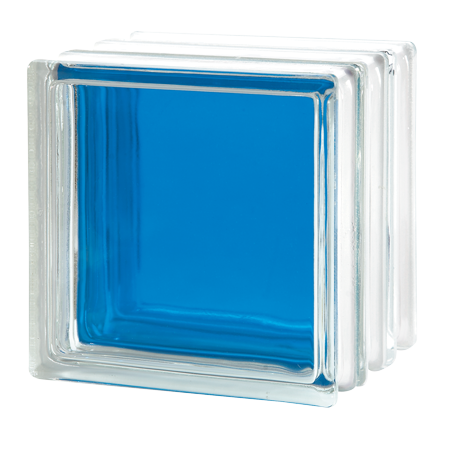
- #PUREBASIC TRANSPARENT WINDOW 64 BIT#
- #PUREBASIC TRANSPARENT WINDOW FULL#
- #PUREBASIC TRANSPARENT WINDOW PORTABLE#
- #PUREBASIC TRANSPARENT WINDOW ANDROID#
- #PUREBASIC TRANSPARENT WINDOW SOFTWARE#
#PUREBASIC TRANSPARENT WINDOW ANDROID#
With that in mind, the book by Wyken Seagrave "B4A Rapid Android App Development Using Basic" is highly recommended.Ĭon Too opinionated for a general-purpose programming language It takes a village to raise a competent programmer. To be honest, most developers are not educators and it takes a monumental effort to write or make video tutorials with the mindset of a beginner, especially smaller companies that are one-man shows or only a few developers. Of course, one can totally bypass the need for a console app by using the internal IDE debugger for interactive feedback. See here what it would look like to produce a similar console application in B4X. A simple input/output console-only program in QB64 would require only a few lines of code and will work in other variations of BASIC such as Liberty Basic, BBC with slight tweaks. So an interactive console-only application is not quite as interactive as say running a similar program in other languages. Knowledge of using the command line to run a JAR file is necessary as well to run console-only programs. The syntax can get quite complex compared to some other languages when creating console-only programs. Also since B4X is a wrapper for Java, it may take some knowledge of Java to learn B4X - for example when creating a console-only application. The getting started and basic language guides appear to assume some prior programming knowledge which may confuse the beginner programmer. – External library support to manipulate objects like pictures, windows, controls, DirectX, etc.Con Some Programming Experience may be needed – All Standard BASIC keywords: If-Else-EndIf, Repeat-Until, etc. – Built-in thread programming facilities with threaded variables and threadsafe mode – Procedure support for structured programming with local, global, protected variables – Standard arithmetic support in respect of sign priority and parenthesis: +, -, /, *, and, or, lsl, asl, lsr, asr – Expression reducer and optimizer (grouping constants and explicit numbers together) – Constants, binary and hexadecimal numbers supported – Built-in string types (characters) and transparent unicode support – Supported types: Byte (8 bit), Word (16 bit), Long (32 bit), Float (32 bit), Quad (64 bit), Double (64 bit) and also user defined types (structures) – Built-in arrays, linked lists, maps, complex structures, pointers and variable definitions – 486, Pentium, Core2, Core i7, Athlon, Phenom support The external libraries are very optimized, up to the assembler level when needed, which produces very fast and small commands. There are no bottlenecks like a virtual machine or a code translator: the generated code produces highly optimized executables regardless of the OS on which it is compiled.
#PUREBASIC TRANSPARENT WINDOW FULL#
This means that the same code can be compiled natively for all systems and still use the full power of each.

#PUREBASIC TRANSPARENT WINDOW PORTABLE#
PureBasic is a portable programming language which currently run on AmigaOS (680×0 and PowerPC) Windows (x86 and 圆4), Linux (x86 and 圆4) and MacOS X (x86 and PowerPC). The experienced coder will have no problem in gaining access to any of the legal OS structures or API objects. The syntax is simple but the possibilities are endless with PureBasic’s advanced features, such as pointers, structures, procedures, dynamically linked lists and much more. We have put a lot of effort into its realization to produce a fast, reliable and system friendly language.
#PUREBASIC TRANSPARENT WINDOW SOFTWARE#
This software has been developed for the Windows operating system. Learning PureBasic is very easy! PureBasic has been created for the beginner and expert alike. It is similar to any other BASIC compiler you may have used, whether for the Amiga, PC, MacOS X or Linux. PureBasic is an “high level” programming language based on established BASIC rules. Experienced coders will have no problem gaining access to any of the legal OS structures or API objects and PureBasic even allows inline ASM. In spite of its beginner-friendly syntax, the possibilities are endless with PureBasic’s advanced features such as pointers, structures, procedures, dynamically linked lists and much more. PureBasic has been created for the beginner and expert alike. The key features of PureBasic are portability (Windows, Linux, MacOS X and AmigaOS are currently supported), the production of very fast and highly optimized executables and, of course, the very simple BASIC syntax.
#PUREBASIC TRANSPARENT WINDOW 64 BIT#
PureBasic is a native 32 bit and 64 bit programming language based on established BASIC rules.


 0 kommentar(er)
0 kommentar(er)
